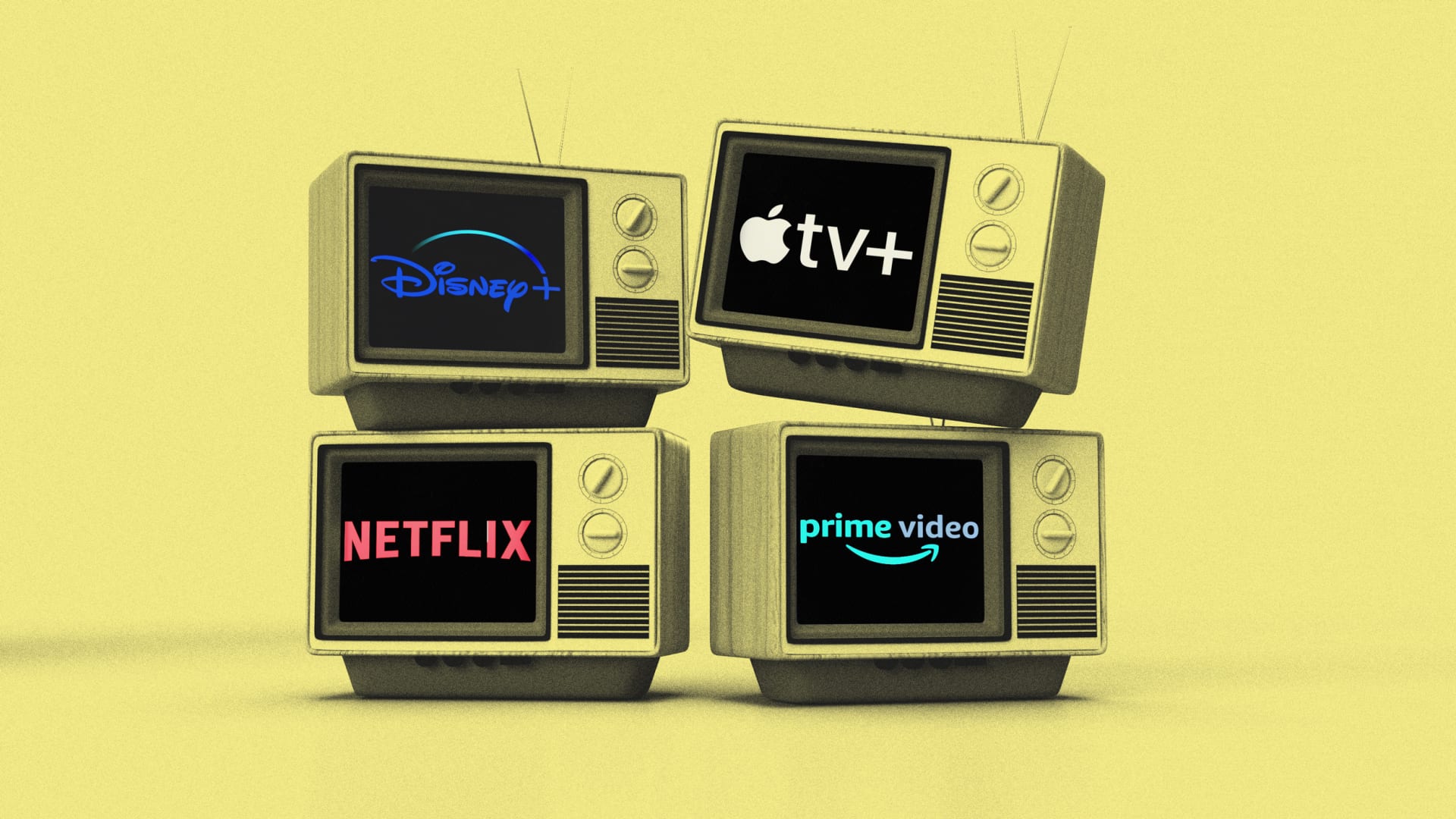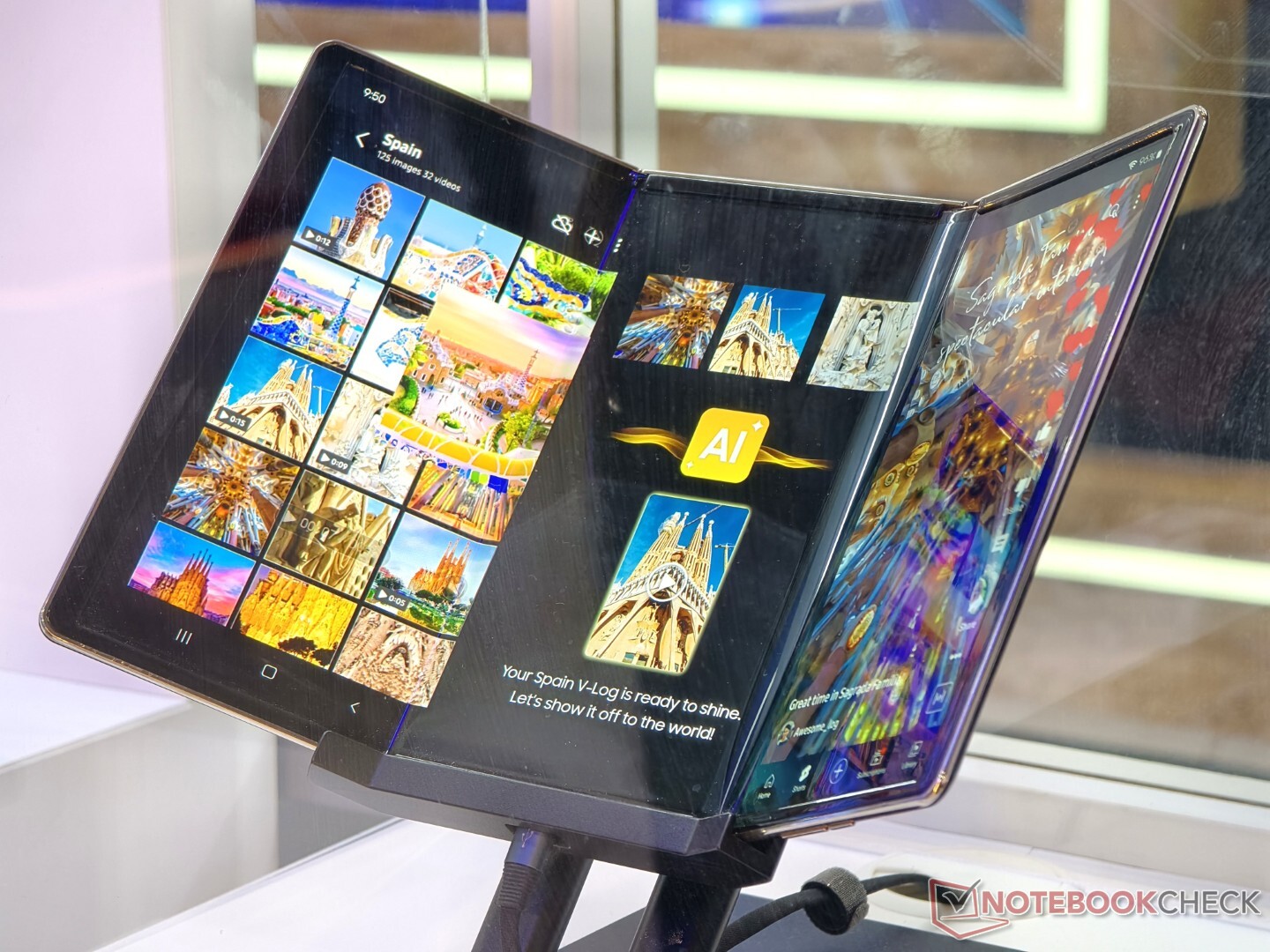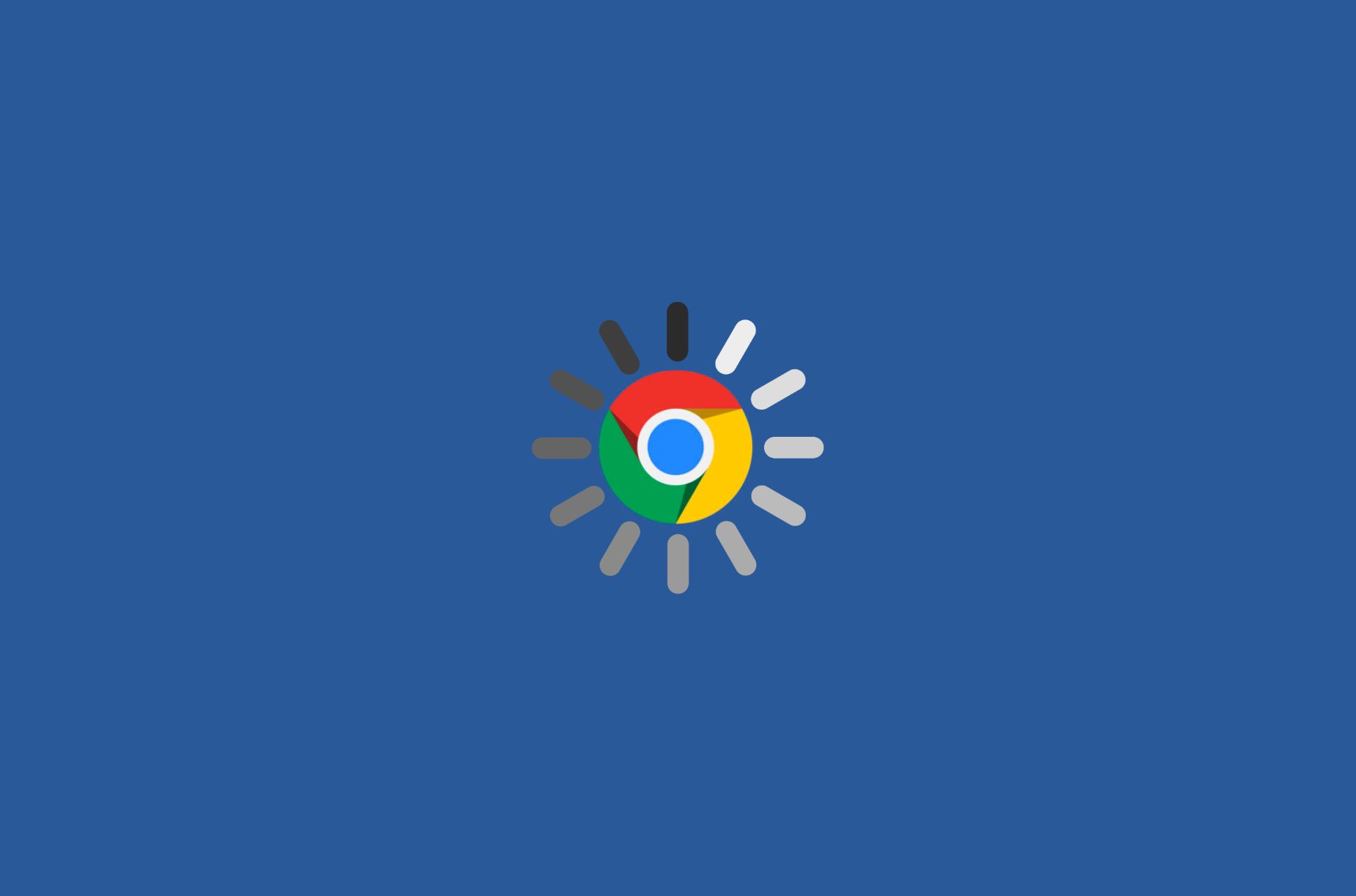YouTube TV Broadens News Offerings by Incorporating C-SPAN
C-SPAN is now accessible on YouTube TV, granting subscribers entry to C-SPAN, C-SPAN2, and C-SPAN3 at no extra charge. This development comes after a September agreement that included a nominal per-subscriber fee, allowing these channels to be part of YouTube TV’s live offerings. In the past, audiences depended on C-SPAN’s website or random livestreams for political news. Now, these networks are part of YouTube TV’s standard guide, increasing the service’s attractiveness as a complete substitute for cable.
The addition of C-SPAN is especially advantageous for the channel, which has experienced a drop in income due to the shrinking number of cable customers. By partnering with YouTube TV, C-SPAN can connect with millions of households, securing its future in the age of streaming. For YouTube TV subscribers, this transition is beneficial as it improves their access to unbiased political reporting with the convenience of YouTube TV’s functions such as playback options and viewing across multiple devices.
This change also represents a larger movement in the streaming sector, where specialized and civically-focused channels may increasingly shift from cable to streaming services. As streaming platforms seek to supplant conventional cable, they must provide a wide variety of content, including crucial government and democracy programming. The inclusion of C-SPAN brings YouTube TV closer to functioning as a genuine cable alternative, delivering subscribers a more all-encompassing viewing experience.
Read More








